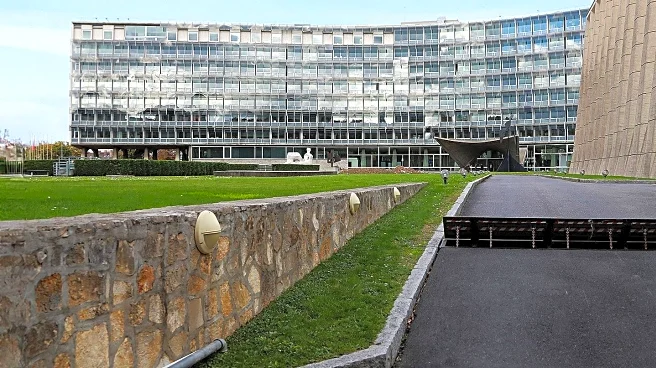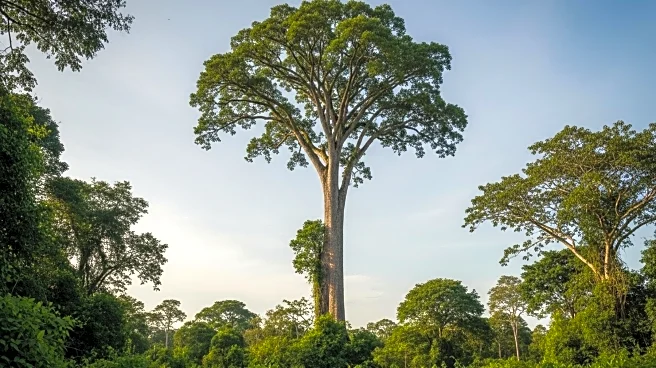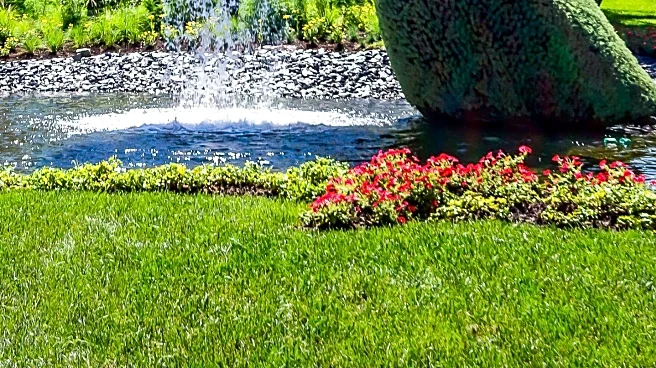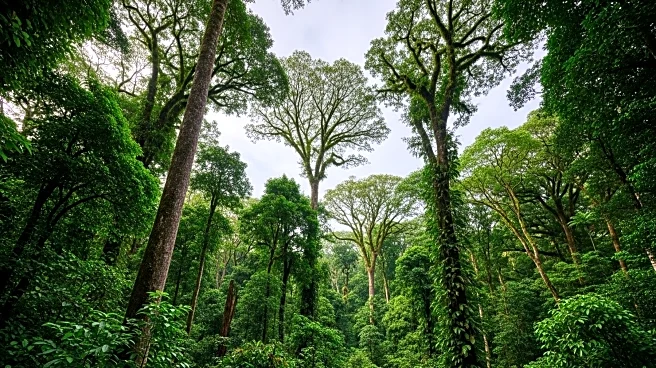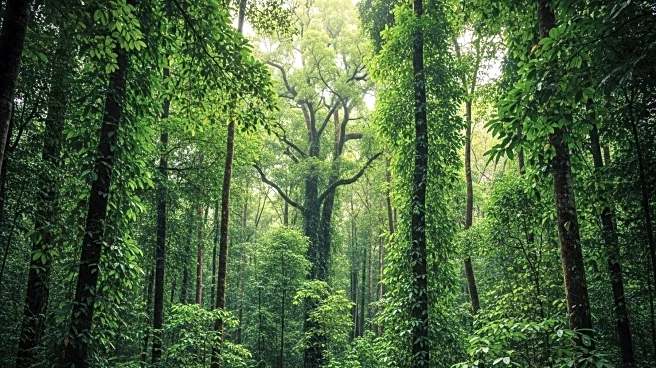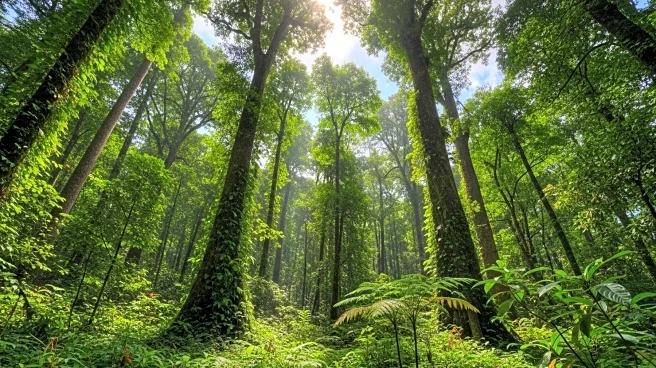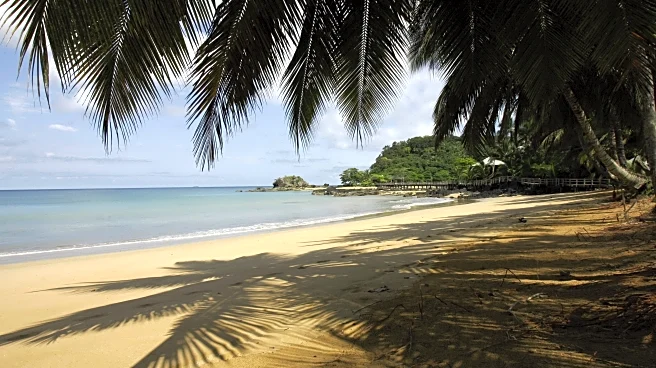What's Happening?
Conservation efforts are being reimagined to address the challenges posed by climate change. Traditional conservation methods, such as setting aside reserves and managing fisheries, are no longer sufficient as global temperatures rise. The focus is shifting towards adaptation, with strategies like dynamic tools, real-time monitoring, and climate-smart parks gaining traction. These approaches aim to accommodate shifting ecosystems and ensure the resilience of biodiversity in a changing climate.
Why It's Important?
The evolution of conservation strategies is crucial for preserving biodiversity and supporting ecosystems in the face of climate change. As habitats shift and species migrate, traditional conservation methods may become obsolete. The adoption of adaptive strategies can help mitigate the impacts of climate change on natural environments and ensure the sustainability of conservation efforts.
What's Next?
The implementation of adaptive conservation strategies will require collaboration between scientists, policymakers, and local communities. Efforts to enhance connectivity between protected areas and promote local participation in conservation initiatives will be essential. The success of these strategies will depend on the ability to balance ecological needs with human interests.
Beyond the Headlines
The shift towards adaptive conservation highlights the need for a paradigm change in how we approach environmental stewardship. Emphasizing flexibility and resilience in conservation efforts can help address the uncertainties of climate change and ensure the long-term viability of ecosystems. This approach aligns with broader efforts to create a sustainable and livable future.

